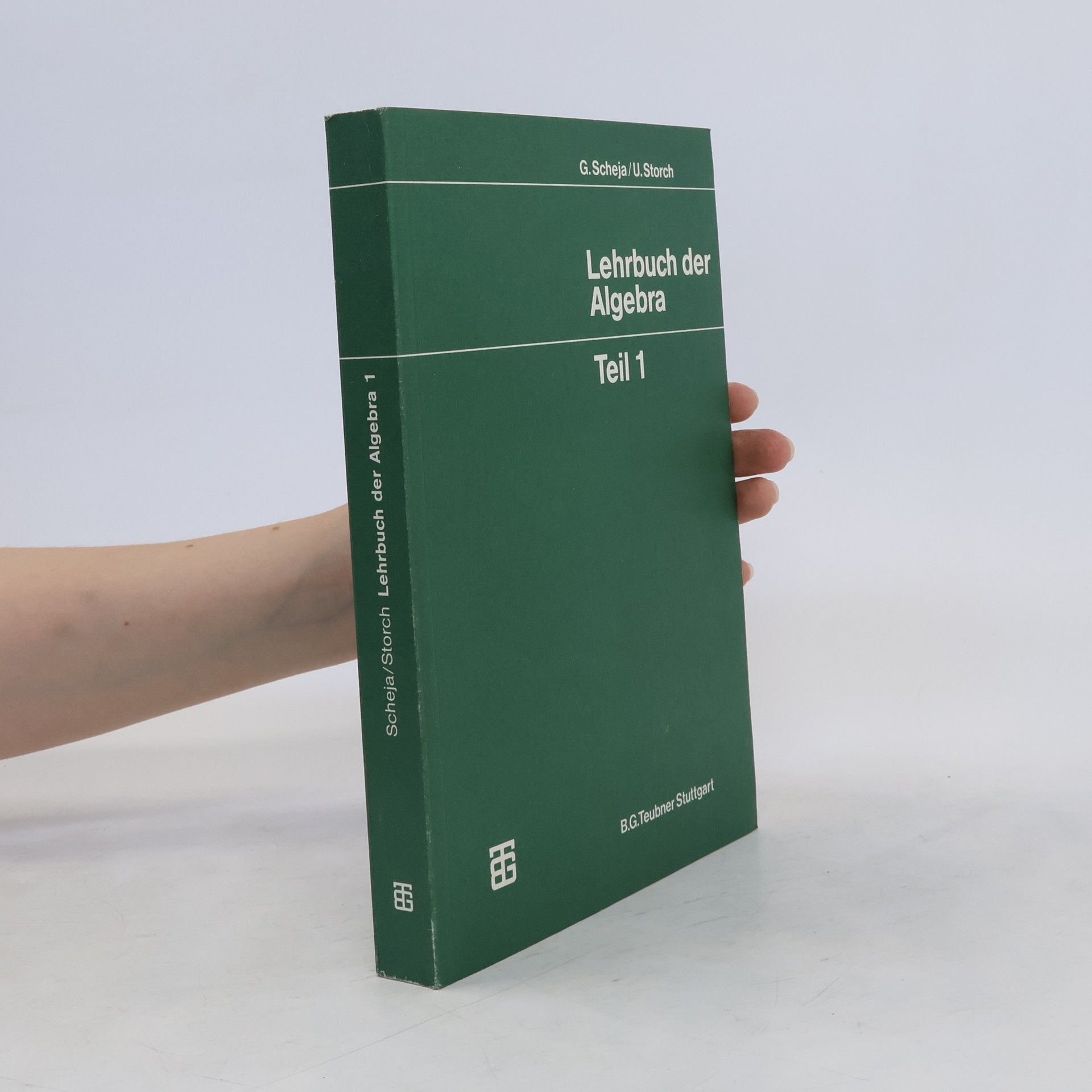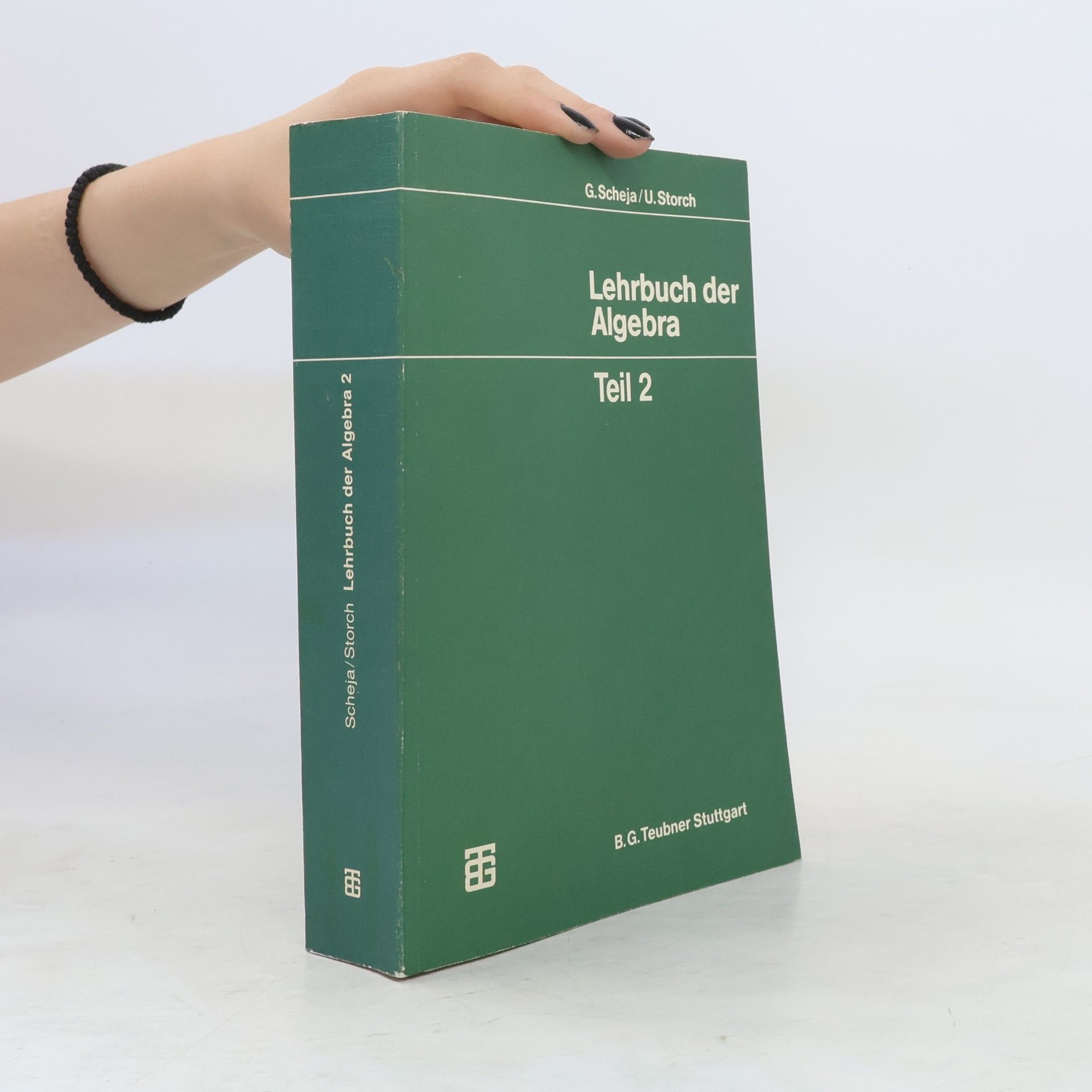InhaltsverzeichnisVII Kommutative Algebra.§51 Ringe und Moduln von Brüchen.§52 Monoidringe und Polynomringe.§53 Grad der Polynome.§54 Nullstellen von Polynomen.§55 Endliche.. Algebren über Korpern.§56 Algebraische Hüllen.§57 Derivationen.§58 Primelemente.§59 Hauptidealbereiche.§60 Primfaktorzerlegung in Polynomringen.§61 Moduln über Hauptidealringen.§62 Graduierte Ringe und Moduln.§63 Forrnale Potenzreihenringe.VIII Lineare Operatoren.§64 Charakteristische Polynome.§65 Minimalpolynome.§66 Primärzerlegung.§67 Trigonalisieren und Diagonalisieren.§68 Jordansche Normalform.§69 Charakteristische Polynome bei Algebren.IX Dualität.§70 Sesquilineare Funktionen.§71 Sesquilinearforrnen.§72 Reelle und komplexe Formen.§73 Räume mit Skalarprodukt.§74 Orientierungen.§75 Isometrien.§76 Norrnierte Vektorräume.§77 Volumenmessung.§78 Adjungierte Abbildungen.§79 Normale Operatoren Spektralsatz.X Multilineare Algebra.§80 Tensorprodukte.§81 Wechsel des Grundringes.§82 Addititivät des Tensorproduktes.§83 äußiere Potenzen.§84 Tensoralgebren.§85 äußiere Algebren.§86 Syrrunetrische Algebren.§87 Ergänzungen zum Tensorprodukt.§88 Flache Moduln.XI Algebraische Erweiterungen.§89 Zerfallungskörper.§90 Separable Polynome.§91 Separable Algebren über Körpern.§92 Galoistheorie.§93 Beispiele zur Galoistheorie.§94 Die Spurform.Literatur.Verzeichnis einiger Symbole.Namen- und Sachverzeichnis.
Günter Scheja Knihy


